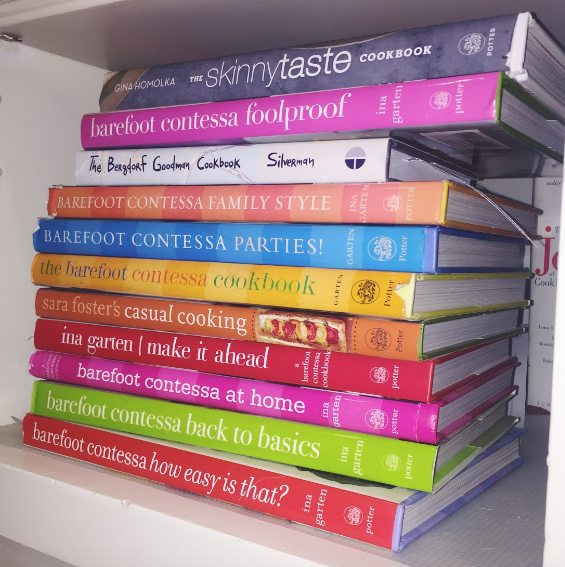By Caroline Blevins ’18
English teacher Kim Herzog and culinary teacher Cecily Gans have been creating a new food literature course for about a year now. They recently proposed this course to the collaborative team; hoping that their course would be considered and eventually added to the English curriculum here at Staples High School. The potential addition of these courses gives students something to look forward to. Here’s a glimpse of what students should expect to learn.
The food literature course incorporates reading, writing, and culinary. It integrates literature on and about food, visual literacy, and an element of a test kitchen. According to Herzog, “The different aspects that students would learn about is the art of menu writing, recipe creation, food blogging, restaurant reviews, critiques, research based food writing, and memoir writing.” Memoir writing allows students to expand on their experience and relationship with food and how it connects to memories. Students would keep a portfolio in the form of a food blog where they share their experiences while testing in the kitchen and what they see in the community relating to food.
Another potential course that is being considered by the collaborative team is the children’s literature course; suggested by English teachers Barbara Robbins and Kim Herzog. The children’s literature course sparked from a unit in the gender, sex and identity class. Robbins explained that they thought it’d be fun to create a course that goes into deeper depth and cover what it means to be a woman and how children books can help form our identities. This unit is definitely a favorite of Robbins and she is expressing that as she partakes in the creation of the children’s literature course.
The children’s literature course would explore fable folk stories, fairy tales, early chapter books, and picture books (Alice in Wonderland, James and the Giant Peach). The writing and speaking transfers into a mix of sociology and child development. Students would look at how things they were given when they were little affect them now. Students would create a reader’s timeline in order to see how childhood activity and memories shape you. Robbins described the course as “authentic” because it is based on student’s particular interests and it finds different ways that those students can use their voice as a writer. Robbins also said that she admires the course because it “appeals to a wide range of learners which is very important to me.”
Between the two potential course, it looks like Staples students have much to look forward to. The food literature class and the children’s literature class both target student’s interests.














































